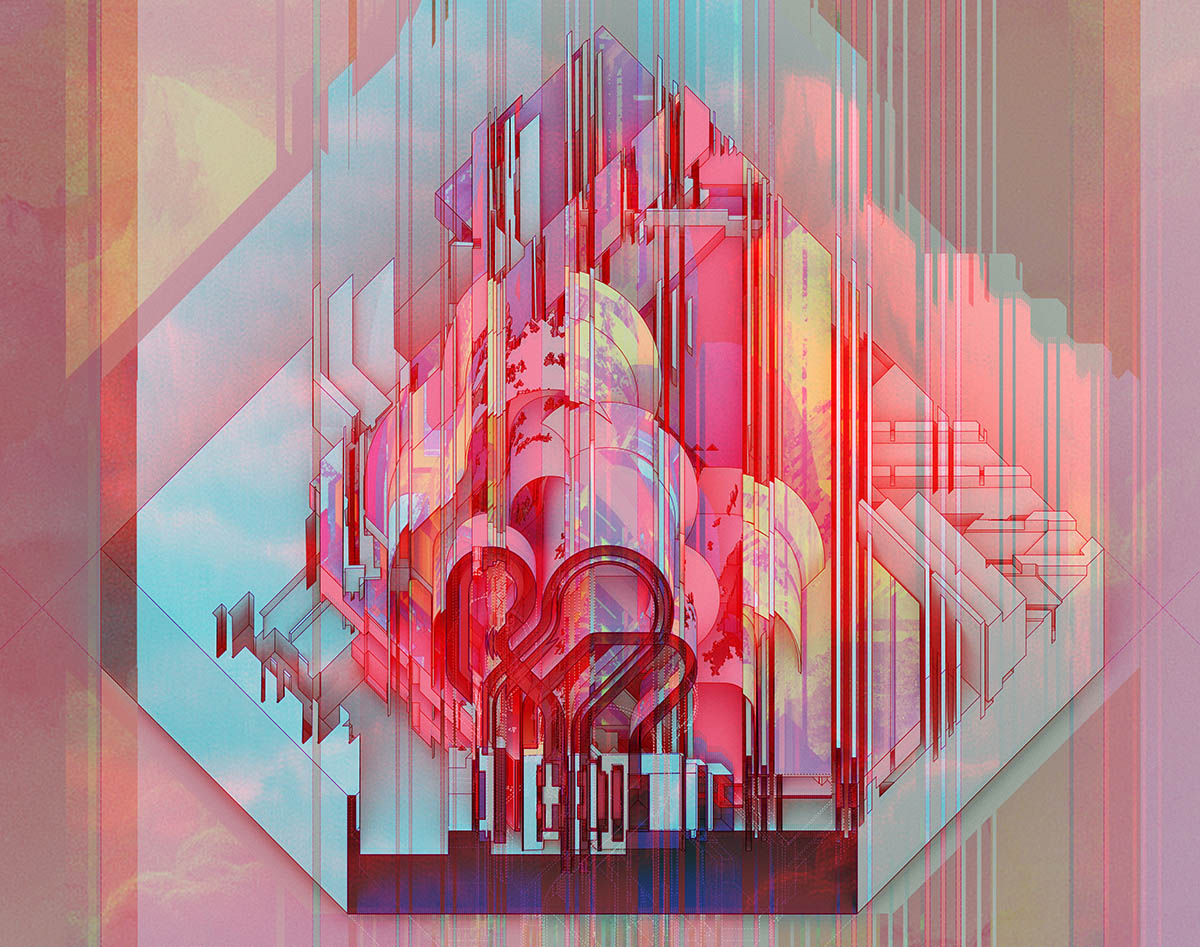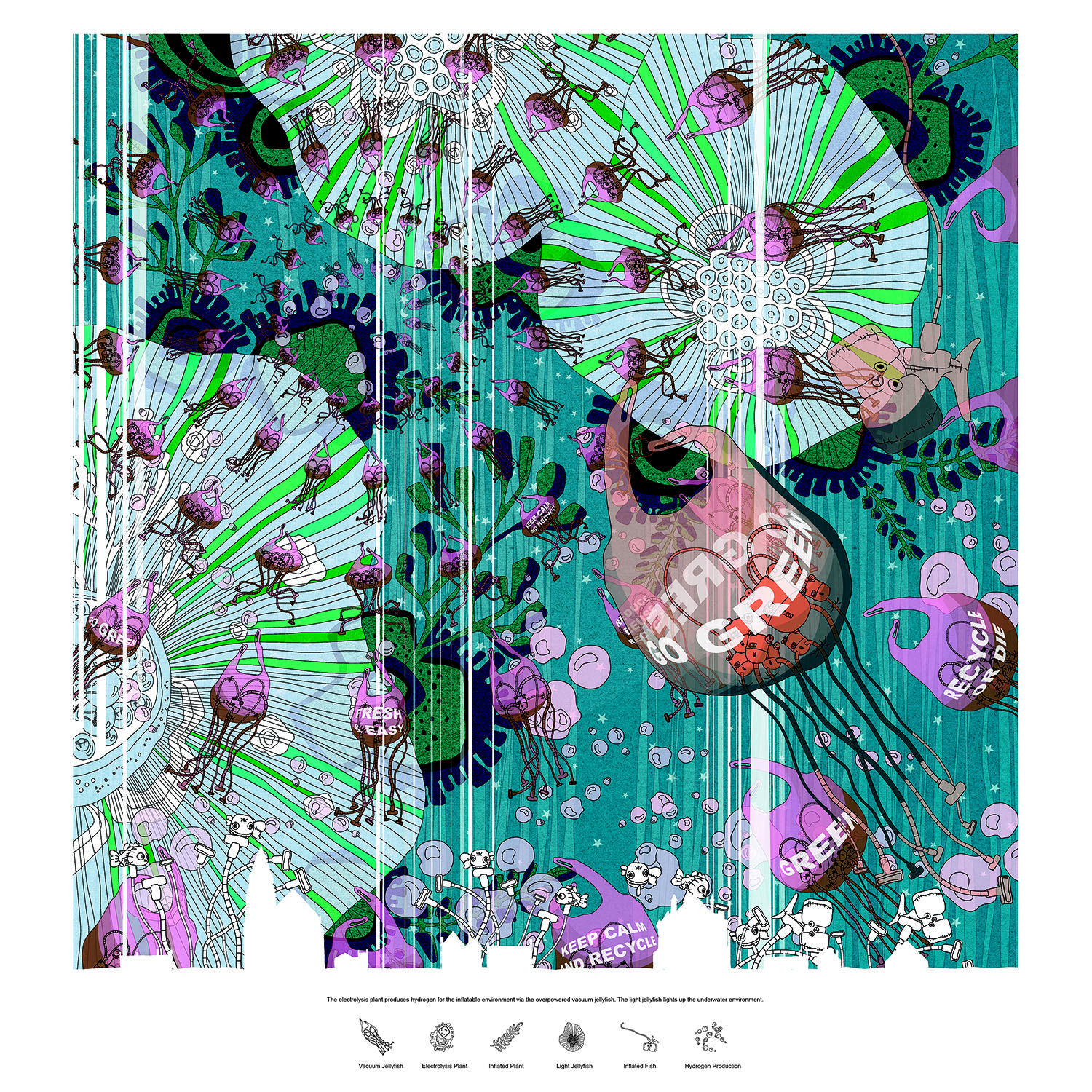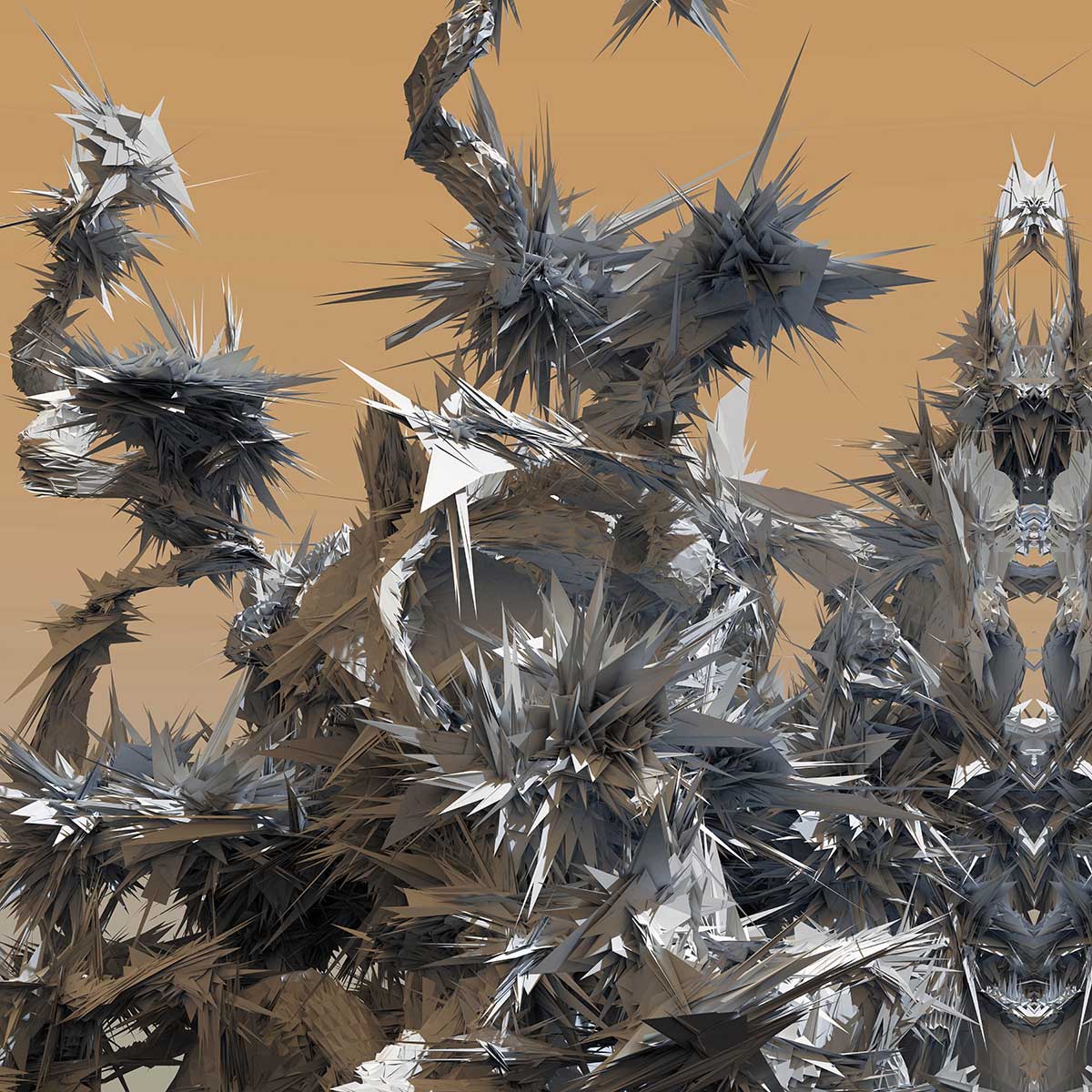This website uses its own or third-party cookies. By continuing to browse, you consent to our use of these cookies.. If you wish, you can modify your preferences in your browser.
Drawing Attention: The Digital Culture of Contemporary Architectural Drawings
Free Admission
Sea Change: Flood Resilient Architecture for the 21st Century
What Where: Crossing Boundaries in the Architecture of Sala Beckett
- 18Sep
- 11Jan
18/09/19 to 11/01/20
Roca London Gallery (How to reach us)

Adam Dayem
Roca’s autumn exhibition examines the state of contemporary architectural drawing, revealing its potential to describe so much more than simply the detailing of a building’s construction.
In what is now being referred to as the ‘postdigital era’ – a time when technology is so pervasive that it is at the basis of all we create – contemporary architects are wielding the digital as an ever more powerful tool.
Jeremy Ficca, Amy Kulper, and Grace La, Professors at Carnegie Mellon University, Rhode Island School of Design, and Harvard GSD respectively, have curated a diverse and surprising collection of some seventy contemporary architecture drawings from established and emerging practitioners around the globe. This work is stimulated by a wide range of inputs: from waste, to olfactory cloud patterns; from political borders to airflow.
The curators say “Historically, the explicitness of the architectural drawing resided in its capacity to directly communicate the building it anticipated. Contemporary digital culture liberates the architect from these demonstrative constraints, creating a context in which the architectural drawing possesses an unparalleled freedom of expression and latitude of operation.”
“Historically, the explicitness of the architectural drawing resided in its capacity to directly communicate the building it anticipated. Contemporary digital culture liberates the architect from these demonstrative constraints, creating a context in which the architectural drawing possesses an unparalleled freedom of expression and latitude of operation.”
Jeremy Ficca, Grace La and Amy Kulper
Whilst many of the drawings on display do relate to actual buildings – from O’Donnell + Tuomey’s unfolded façade study for the V&A East Museum, to Jimenez Lai’s proposal for the Guggenheim Helsinki – others trace a fine line between the real, the imagined, and the virtual. UK architect Neil Spiller’s image represents a sky garden, only accessed in augmented reality, above the site of an actual garden. Spiller says “I wanted the Garden to have another virtual side, a side that would augment the simple world of walled space, trees, conic forms and statues I had created. This I saw as a new area of architectural detailing, one barely explored by contemporary architects, I wanted the drawings to explore this juxtaposition of virtual and actual, of points of view, ghosts, light and black.” The Reinvention of Jakob K by Thomas Pearce refers to a collaboration between performance scholars, performers and architects about fictional Bauhaus choreographer Jakob Klenke where conflicting versions and states of entangled historical proof generate a quasi-reality.
“I wanted the Garden to have another virtual side, a side that would augment the simple world of walled space, trees, conic forms and statues I had created. This I saw as a new area of architectural detailing, one barely explored by contemporary architects, I wanted the drawings to explore this juxtaposition of virtual and actual, of points of view, ghosts, light and black.”
Neil Spiller
Many of the works on display re-awaken an interest in the hand-drawn: Catty Dan Zhang’s Measured Drawings of the Sculpted Air – renderings of the airflow generated by a robotic thermal device – appear to be charcoal on paper, but are in fact computed pixels, an homage, of sorts, to traditional drawing methods. Carl Lostritto’s Storm uses data from a weather log file – six million characters charting the development of a storm – to instruct a vintage pen plotter, creating a non-linear and inaccurate, but aesthetically convincing, onomatopoetic image of storm clouds above the sea. Adam Dayem’s starting point for Shimmer House is the Hudson River School painters, who created a sublime aesthetic as a counterpoint to emerging urbanism in North America, reappraising nature in a way that Dayem sees as crucial to dealing with today’s ecological problems. The drawing takes imagery from the Hudson River School, glitches it in two dimensions and projects it into three dimensions, creating a ‘shimmer’. C J Lim’s propaganda-comic Ocean Cleaning shows another approach to architectural drawing as an environmental campaigning tool, ‘drawing attention’ to the plastics threat to marine life with its alluring childlike imagery; Lim’s stated aim is “to help deliver change”, well beyond buildings and urban infrastructure. The curators say “at the crossroads of architecture and information environments, resides the promise and the speculative future of the drawing. Its capacity to structure, imagine, realise, speculate, transform, politicise, and activate makes the drawing an enduring vehicle for the discipline. DRAWING ATTENTION poses the question: can drawings posit possible futures that eschew vaporisation and establish architecture as an agile and critical agent in contemporary digital culture?”
To see our current architecture exhibition, return to the Exhibitions and Events page here



Download full contributor list
Other exhibitions
-
- 09Feb
- 19May
Timber Rising: Vertical Visions for the Cities of Tomorrow- From 09 Feb 2018 to 19 May 2018
